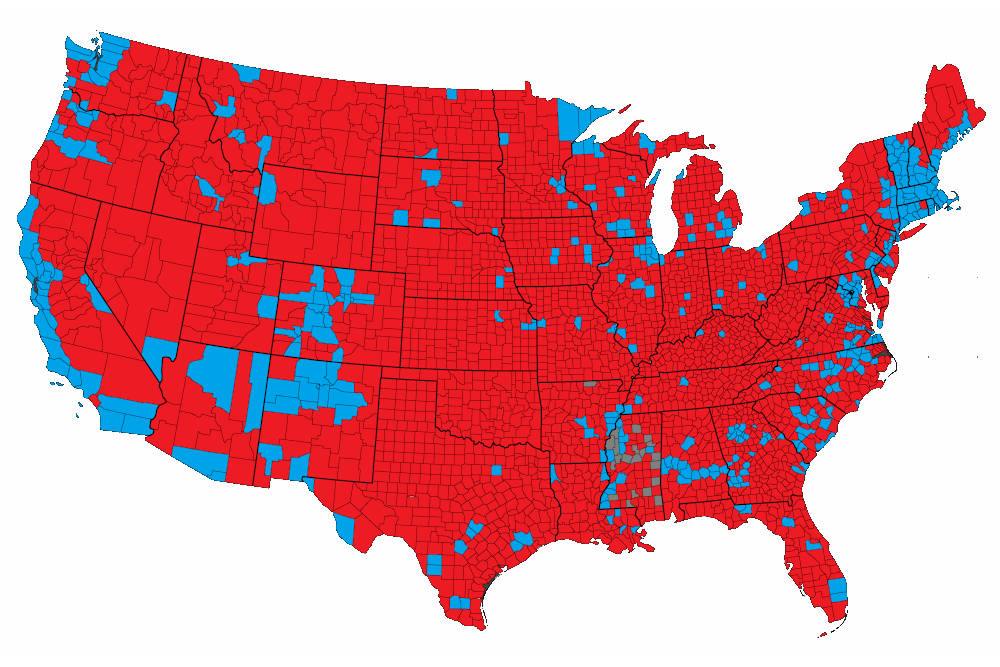
Inflation has been a hot topic in 2025, dominating economic headlines and impacting households across the country. While politicians and media outlets often debate causes and policy solutions, the real story lies in how everyday Americans are experiencing rising prices in their daily lives. From groceries and gas to housing and healthcare, the effects of inflation are tangible, widespread, and affecting family budgets nationwide.
Panaprium est indépendant et pris en charge par les lecteurs. Si vous achetez quelque chose via notre lien, nous pouvons gagner une commission. Si vous le pouvez, veuillez nous soutenir sur une base mensuelle. La mise en place prend moins d'une minute et vous aurez un impact important chaque mois. Merci!
Understanding Inflation in 2025
Inflation occurs when the prices of goods and services rise over time, reducing the purchasing power of money. In 2025, several factors are contributing to higher inflation rates:
-
Government Spending: Large federal spending programs have increased the money supply, contributing to inflationary pressures.
-
Energy Costs: Policies that restrict domestic energy production have led to higher gasoline, heating, and electricity prices.
-
Supply Chain Disruptions: Global supply chain issues continue to affect the availability and cost of essential goods.
-
Labor Market Pressures: Wage increases in certain sectors, while beneficial to employees, can lead to higher prices for goods and services.
Understanding these drivers helps explain why prices are rising and why Americans feel the squeeze.
The Impact on Everyday Expenses
Inflation affects almost every aspect of daily life:
Food and Groceries
-
Prices for staples like meat, dairy, and produce have increased significantly.
-
Families must make tough choices, often prioritizing essential items and cutting back on non-essential spending.
Housing
-
Home prices and rents have risen, especially in urban areas, making it more difficult for first-time buyers and renters.
-
Mortgage interest rates, influenced by Federal Reserve policies, add another layer of financial strain.
Energy and Transportation
-
Gasoline prices remain high due to production restrictions and global market fluctuations.
-
Utility bills, including electricity and heating, continue to rise, impacting household budgets.
Healthcare
-
Prescription drugs, medical services, and insurance premiums have increased, creating additional burdens for middle- and working-class families.
These rising costs collectively reduce disposable income, forcing households to cut spending, save less, or take on debt.
Who Is Feeling the Squeeze the Most?
While inflation affects everyone, some groups are hit harder:
-
Middle-Class Families: Balancing mortgages, childcare, and transportation costs makes rising prices particularly painful.
-
Retirees on Fixed Incomes: Social Security and pensions often fail to keep pace with inflation, reducing purchasing power.
-
Small Business Owners: Higher costs for raw materials, labor, and transportation squeeze profit margins.
-
Lower-Income Households: Increased food and energy prices take up a larger percentage of their income, creating financial stress.
Recognizing who is most affected underscores the real-world consequences of inflation beyond abstract economic statistics.
Policy Decisions Contributing to Inflation
Several government policies in recent years have contributed to rising costs:
-
Stimulus Spending: While intended to support economic recovery, large-scale federal spending has added inflationary pressures.
-
Energy Restrictions: Limiting domestic oil, gas, and coal production has led to higher fuel and utility costs.
-
Regulatory Costs: New regulations on businesses increase operating expenses, which are often passed on to consumers.
-
Monetary Policy: Federal Reserve actions, including interest rate adjustments and bond purchases, influence borrowing costs and liquidity.
These policies, while sometimes well-intentioned, have direct consequences on household finances.
Coping Strategies for Everyday Americans
Families are finding ways to manage rising costs:
-
Budget Adjustments: Cutting non-essential spending and prioritizing needs over wants.
-
Shopping Smarter: Using coupons, buying in bulk, or switching to lower-cost brands.
-
Energy Conservation: Reducing electricity use, switching to efficient appliances, and exploring alternative transportation.
-
Investment and Savings Strategies: Diversifying assets and using inflation-protected securities to preserve wealth.
These strategies help mitigate the impact of inflation but do not eliminate the underlying financial pressures.
Conservative Perspectives on Inflation
Conservative economists and policymakers argue that inflation is largely the result of government intervention:
-
Excessive Spending: Large-scale federal programs increase the money supply without corresponding economic growth.
-
Regulatory Overreach: Complex regulations drive up business costs and consumer prices.
-
Energy Policy: Restricting domestic production increases reliance on foreign energy and raises costs.
From this perspective, controlling government spending, reducing regulations, and supporting domestic energy production are key solutions to easing the financial squeeze on Americans.
The Importance of Financial Preparedness
Understanding inflation and its impacts allows individuals and families to plan more effectively:
-
Emergency Savings: Building a cash reserve can help cover unexpected price spikes.
-
Debt Management: Reducing high-interest debt minimizes vulnerability to rising costs.
-
Long-Term Investment: Choosing assets that historically outpace inflation, like certain stocks, real estate, or inflation-protected securities, helps preserve wealth.
Proactive financial planning empowers Americans to weather economic pressures without sacrificing quality of life.
Conclusion
Inflation in 2025 is more than an abstract economic concept—it is a daily reality affecting groceries, housing, energy, healthcare, and overall household budgets. While mainstream media may frame it as a temporary or unavoidable issue, everyday Americans are feeling the tangible impacts on their lives. By understanding the causes, recognizing who is most affected, and implementing practical strategies, families can navigate rising costs more effectively. Conservatives argue that policy changes, including reduced government spending, streamlined regulations, and increased domestic energy production, can provide lasting relief and help restore financial stability for all Americans.
Call to Action
Stay informed about economic policies and how they affect your family’s finances. Review your budget, plan for rising costs, and advocate for policies that promote economic freedom and stability. Understanding the truth about inflation empowers everyday Americans to protect their purchasing power and secure a more stable financial future.
Cet article vous a-t-il été utile ? S'il vous plaît dites-nous ce que vous avez aimé ou n'avez pas aimé dans les commentaires ci-dessous.
About the Author: Alex Assoune
Contre Quoi Nous Luttons
Les groupes multinationaux surproduisent des produits bon marché dans les pays les plus pauvres.
Des usines de production où les conditions s’apparentent à celles d’ateliers clandestins et qui sous-payent les travailleurs.
Des conglomérats médiatiques faisant la promotion de produits non éthiques et non durables.
De mauvais acteurs encourageant la surconsommation par un comportement inconscient.
- - - -
Heureusement, nous avons nos supporters, dont vous.
Panaprium est financé par des lecteurs comme vous qui souhaitent nous rejoindre dans notre mission visant à rendre le monde entièrement respectueux de l'environnement.
Si vous le pouvez, veuillez nous soutenir sur une base mensuelle. Cela prend moins d'une minute et vous aurez un impact important chaque mois. Merci.































0 commentaire